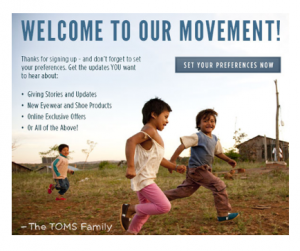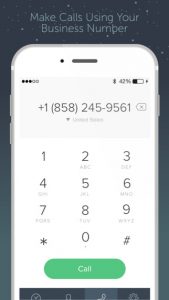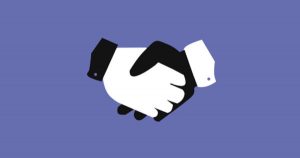The sales model for software has changed. Roger Lee of Battery Ventures describes software today as “bought, not sold“
In this user-centric climate, the sales team’s ability to wine and dine C-level executives takes a back seat to the pain points a product tackles and how well it works.
It’s possible to reach hundreds of thousands of paying customers without a single salesperson. Companies like Atlassian, Dropbox, and Slack are proving that you can achieve billion dollar valuations without a robust sales force.
Does this mean you can approach sales strictly with a ‘build it, and they will come’ mentality? Not necessarily. While bringing in customers does not follow the past models of traditional sales, there are still strategic considerations to keep in mind.
The importance of partnerships
Regardless of whether it’s a sales force or the product doing the selling, getting leads at the top of the sales funnel is essential. Without a big marketing team, you can rely on partnerships to build your brand recognition.
Any app getting started should consider investing heavily in partner relationships with big platforms, lots of users, established APIs, and solid technology. Clearly, there also needs to be a solid use case where your app solves a significant pain point for the platform’s users.
Connecting to powerful platforms like Google Apps, Microsoft, Atlassian, Salesforce, etc. provide a level of access and exposure to millions of users that you could never achieve on your own. Not all partner investments will pan out, but each avenue is worth the exploration to get to the right ones.
The network effect
The common adoption lifecycle for a popular workplace app is as follows: one employee starts using an app, and if the tool proves useful, it spreads to other employees in the department, then to other departments, and even people working for other companies through client, supplier, and partner channels.
Common sense dictates that good products that solve a real pain point will spread faster than mediocre ones. However, in order to truly benefit from network effects, an app also needs to be collaborative.
Does your user experience encourage sharing among colleagues? Do you make it easy for users to collaborate with others who haven’t signed up? The answers to these questions can make the difference between 1,000 and 100,000 users.
The value of data
Two simple metrics determine the trajectory of a SaaS application: new customers (revenue) and churn (retention). Even moderate customer churn makes it challenging to grow a subscription business, and a high churn rate often leads to a company’s demise.
From our data, users are four times more likely to stick around when they purchased an annual account versus a month-to-month subscription. Based on this, we focus on encouraging monthly users to go annual. Messaging on pricing and payment pages, targeted outreach, and even the occasional discount, can all be leveraged to encourage the switch.
A testing and data-driven approach can be use to optimize every aspect of the product – making changes based on data results including visitor-to-trial, trial-to-conversion, and user activity rates can make all the difference in whether your customers stick around, tell their friends and pay for upgrades.
The customer experience
A common complaint about SaaS companies is that they forget the “service” part of the deal. To be sure, it’s challenging to ensure your support infrastructure keeps pace when your sales model calls for quickly scaling from hundreds to hundreds of thousands of customers.
However, the customer service department is often the only human touchpoint for a SaaS company. That’s why it’s critical to keep your customers support in house initially, and healthy investment in customer support should continue as you grow.
In a crowded marketplace, a typical user will spend just a few minutes trying out a new tool. If an app is not immediately intuitive and the benefits aren’t obvious, that user will move on. Therefore, vendors need to make their products as easy to pick up, sign up, and use as possible.
The bottom line: in the old days, salespeople made big commissions by persuading management to purchase and adopt their software. Today, it’s possible for apps to attract users and reach significant valuations, without a single sales rep. It’s the product, not the sales team, that closes the deal.
(240)







